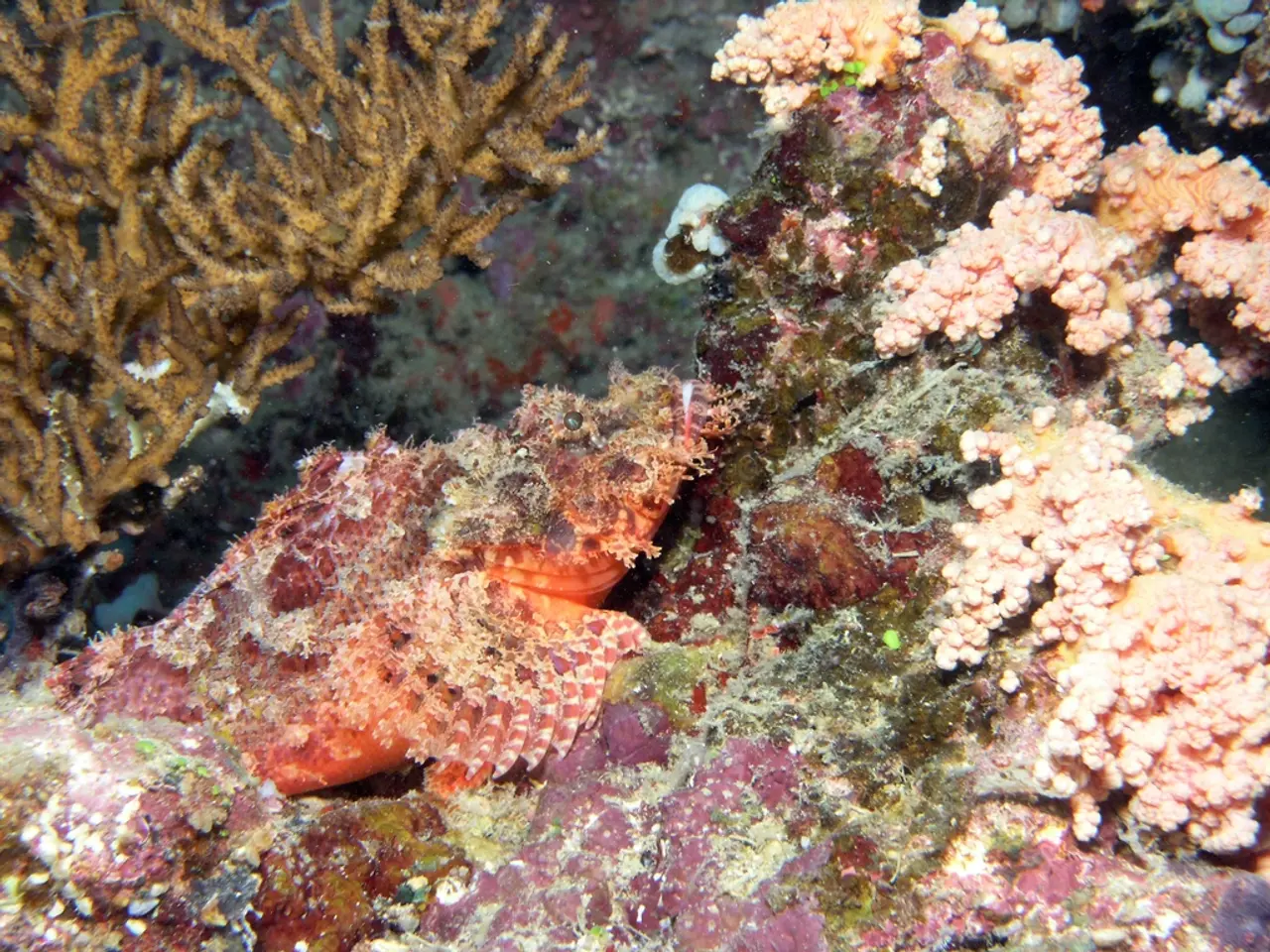Insights on utilizing sea moss for treating baby eczema
Sea moss, a type of edible seaweed known as Irish moss or Chondrus crispus, has gained attention as a potential alternative treatment for baby eczema. While scientific evidence specifically on sea moss as a treatment for baby eczema is limited, its nutrient-rich profile and beneficial properties offer hope.
Sea moss is abundant in vitamins, minerals, and compounds with anti-inflammatory and antioxidant properties. These nutrients, including vitamins A, C, E, and K, iodine, calcium, and potassium, support skin barrier repair and immune function, which are beneficial for skin health and may help soothe eczema symptoms.
One of the potential benefits of sea moss for baby eczema is its anti-inflammatory effects, which might reduce skin redness and irritation associated with eczema. Applied topically as a gel, it may also hydrate and nourish the skin, improving dryness and scaling common in eczema.
However, it's essential to note that the safety and efficacy of sea moss for baby eczema are not well-established due to a lack of robust clinical trials. As such, consultation with a pediatrician or dermatologist is crucial before using sea moss for this purpose.
Potential risks include allergic reactions, particularly in babies with sensitive skin or allergies to marine plants. High iodine content may also affect thyroid function if ingested excessively, although topical use carries less risk.
In infants, eczema most often appears on the face, chin, forehead, and scalp in those under 6 months, and on the knees and elbows in those between 6 and 12 months. Common treatments for eczema include corticosteroids or cortisone cream, but doctors recommend not treating children younger than 2 years with hydrocortisone.
A doctor or dermatologist may also recommend gentle bathing, eliminating triggers, and using topical corticosteroids for baby eczema treatment. It's important to discuss treatment options with a medical professional before using sea moss for baby eczema.
In conclusion, while sea moss's nutrient profile and anti-inflammatory properties suggest it could help relieve eczema symptoms, there is no strong scientific proof specifically for baby eczema treatment. More rigorous studies are needed to confirm safety and effectiveness for this application. It's always advisable to consult with a healthcare professional before trying any new treatment for baby eczema.
- Sea moss, rich in vitamins such as A, C, E, and K, could potentially be beneficial for the skin health and wellness of infants with eczema, due to its nutrients supporting skin barrier repair and immune function.
- Skin and hair supplements, including sea moss, may contain essential minerals like iodine, calcium, and potassium, which are beneficial for skin health and claimed to help soothe eczema symptoms.
- The science behind sea moss as an effective treatment for infantile eczema is still limited, and more rigorous studies are needed to establish its safety and efficacy for this specific application.
- It's crucial to consult a healthcare professional, such as a pediatrician or dermatologist, before using sea moss for infantile eczema treatment to discuss any potential risks, allergic reactions, or drug interactions.
- In health-and-wellness advertisements, sea moss might be promoted as a natural remedy for eczema, but it's essential to approach such claims with caution and always consult with a qualified healthcare professional before using it for treating infantile eczema.




